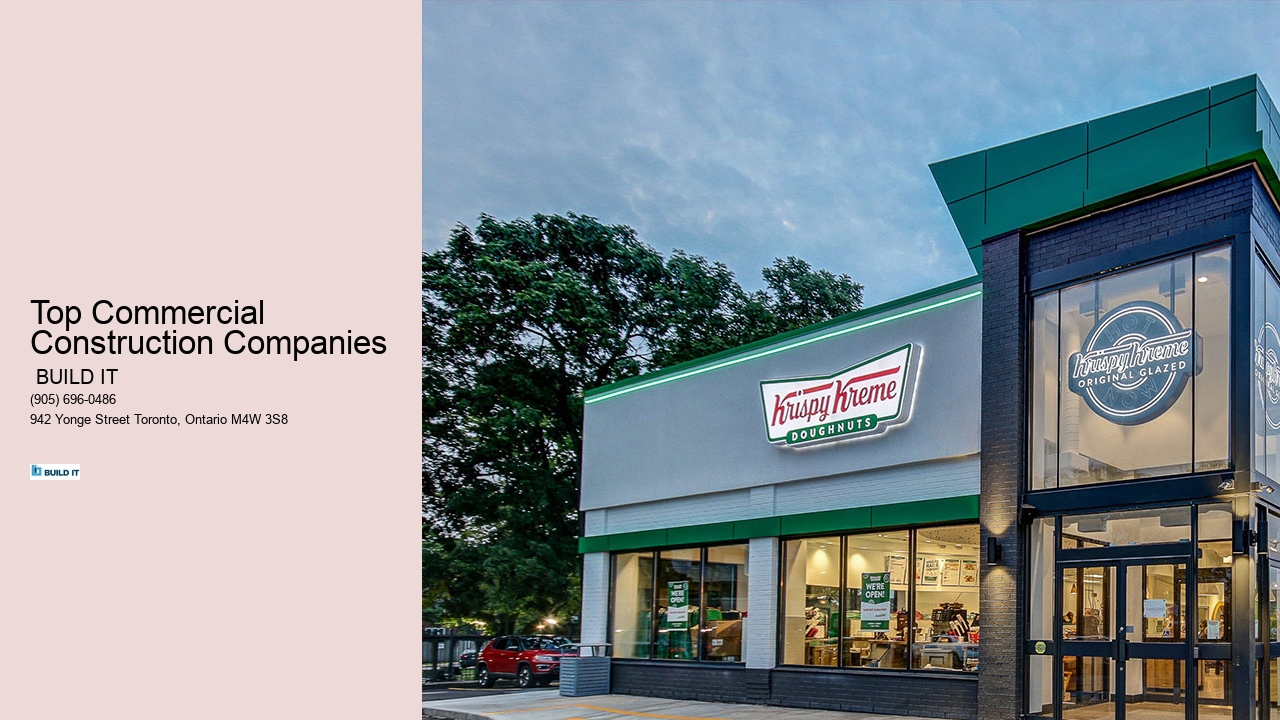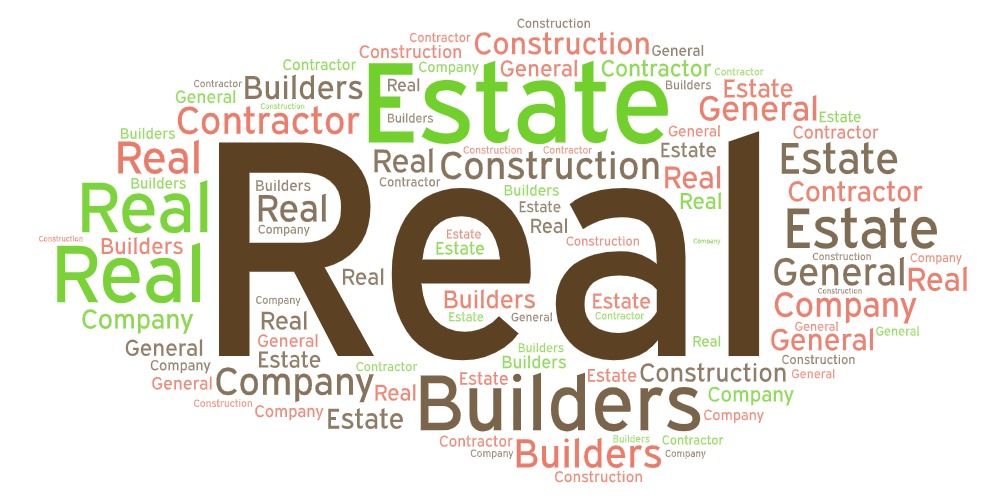

| Local & Regional Commercial Contractors | |
|---|---|
| Commercial Contractors In [Your City] | Trusted professionals delivering top-tier commercial builds in your area. |
| Commercial Contractor Etobicoke | Licensed Etobicoke contractors specializing in business construction. |
| Commercial General Contractor GTA | Expert general contractors for commercial projects throughout the GTA. |
| Commercial Contractors Near Me | Nearby commercial building professionals offering timely service and quality. |
| General Contractor For Commercial | Skilled general contractors managing projects from ground-up to finish. |
At BUILD IT Toronto, we create commercial and industrial spaces that empower businesses to grow and thrive in Canada’s most energetic city. Our reputation for delivering quality, innovation, and seamless collaboration has earned us the trust of top-tier brands and entrepreneurs who count on us to turn their visions into reality—on schedule, on budget, and with unmatched craftsmanship. From trendy eateries and retail stores on Queen West to modern medical clinics in North York and efficient warehouses in Scarborough, we’ve done it all—and we’re only getting started.
What makes us different? We’re not just contractors—we’re full-scope construction partners. Our team manages every detail, from pre-construction planning and permit approvals to full design-build delivery, construction oversight, and turnkey completion. By housing all services under one roof, we streamline the process and reduce delays, while keeping communication open at every stage.
Our project managers, supervisors, and tradespeople understand Toronto’s unique construction challenges—from zoning bylaws to tight job sites. Whether we’re working downtown, in Vaughan, Mississauga, or Etobicoke, we consistently deliver top-tier results. We specialize in diverse sectors like retail, medical, hospitality, office, industrial, and franchise development.
We take pride in our work and our relationships. At BUILD IT Toronto, we treat clients as partners, not just customers. Our team listens carefully, aligns solutions to your business goals, and uses real-time tools to ensure transparency from start to finish.
In a fast-paced city like Toronto, your space must be as dynamic as your business. That’s why we’re here—to build exceptional spaces that work hard and look great. Let’s build it together.

Before any physical work begins, commercial contractors meticulously evaluate the existing structure to understand its current condition. They engage structural engineers to assess the building's integrity and pinpoint areas that require reinforcement or modification. This phase includes a detailed review of architectural plans, previous renovations, and any potential constraints posed by local building codes or regulations. Once the assessment is complete, contractors develop a comprehensive plan outlining the scope of work, necessary materials, projected timelines, and budget considerations.
Effective communication is crucial throughout the upgrade process. Contractors must liaise with various stakeholders including property owners, architects, engineers, and local authorities to ensure that everyone is on the same page regarding expectations and progress. This coordination ensures seamless integration of new design elements with existing structures while maintaining compliance with all relevant codes. Keeping open lines of communication helps in addressing any unforeseen challenges promptly without causing significant project delays.
With a solid plan in place and stakeholder consensus achieved, contractors begin the physical work of executing structural upgrades. This could entail reinforcing foundations, retrofitting seismic supports for earthquake-prone areas or upgrading load-bearing walls to accommodate additional floors or features. During this phase, skilled tradespeople such as carpenters, masons, steelworkers, and concrete specialists collaborate closely under the guidance of project managers to ensure high-quality craftsmanship.
Commercial contractors are responsible for integrating modern building techniques that enhance structural durability and longevity. These may include using advanced materials like high-performance concrete or steel alloys tailored for strength-to-weight optimization. Additionally, they might employ innovative construction methods such as prefabrication or modular construction to minimize disruption on site while accelerating project timelines.
Throughout every stage of an upgrade project, quality assurance is paramount. Contractors perform rigorous testing to confirm that enhancements meet or exceed industry standards for safety and performance. Inspections are conducted regularly by both internal teams and external bodies where required by law to certify compliance with all applicable regulations—ensuring that once completed; these structural upgrades stand ready to serve their intended purpose effectively for years to come.
The future of commercial building is inextricably linked with sustainability. As environmental concerns take center stage, design and construction trends are shifting towards materials and practices that reduce carbon footprints and promote energy efficiency. Green roofs, solar panels, and the use of recycled materials are becoming standard features in new commercial projects. Moreover, the push for net-zero buildings—which produce as much energy as they consume—is driving innovation in both architectural design and construction methodologies.
Technology integration stands at the forefront of commercial building evolution. Smart buildings equipped with IoT devices are leading to more efficient management of resources such as electricity and water. From automated lighting systems to advanced HVAC controls, technology enables buildings to adapt to their environments and occupants' needs dynamically. Furthermore, construction processes themselves are being transformed by technologies like Building Information Modeling (BIM), which allows for more precise planning and coordination among different trades.
The way we work is changing, prompting a reevaluation of traditional office space design. Flexibility is key in modern commercial buildings—spaces must be able to accommodate hybrid work models that blend remote working with traditional office environments. Modular designs allow for easy reconfiguration of spaces to suit evolving business needs or tenant turnover, while co-working spaces continue to rise in popularity for their shared amenities and collaborative atmospheres.
The health and well-being of occupants have become paramount considerations in commercial building design. Biophilic design elements that incorporate natural light, vegetation, and open-air spaces contribute to a healthier workplace environment that can improve productivity and reduce sick days. Advanced ventilation systems ensure better air quality while strategies like WELL certification emphasize the importance of creating environments conducive to both physical health and mental well-being.
Climate change poses significant challenges for the future development of commercial real estate. Buildings must be designed with resilience in mind—able to withstand extreme weather events and changes in climate patterns over time. This involves not only robust structural designs but also consideration for location-specific risks such as flooding or earthquakes. Adaptability will be critical as developers seek ways for buildings to remain viable long into an uncertain future.
Lastly, innovation in construction methods is set to play a major role in shaping the future landscape of commercial building. Prefabrication techniques where parts are manufactured off-site lead to faster build times with less waste produced on-site. 3D printing offers another avenue for constructing complex components efficiently while also expanding creative possibilities within architectural design itself.
These trends highlight a contract between past practices reliant on heavy resource consumption without regard for environmental impact or occupant well-being versus a new era where each building aims not just at functionality but also at promoting sustainability, resilience, flexibility, healthfulness—all facilitated by cutting-edge technology.

Through regular training, safety plans, OSHA compliance, inspections, and use of protective equipment.
Search local directories, read reviews, check licensing boards, or ask for referrals in your industry.
They develop detailed estimates, manage costs, and track expenses against budget throughout the build.
It includes design, permitting, site prep, construction, inspections, and final handover.
Delays, cost overruns, permitting, supply chain issues, and labor shortages.